In many ways, Bebop can seem like a footnote in the timeline of jazz history. After all, it lasted only a mere five years or so in the late 40’s, half a century removed from its historic roots in New Orleans. And it would be less than a decade before Miles Davis released his landmark record “Kind of Blue,” and ushered in the era of modal jazz, which, to a certain extent, deconstructed the harmonic and melodic frame work Bebop had already established. Even today, most jazz listeners are far more apt to listen to the more polished, listener-friendly hard bop albums of the 50’s and 60’s than to study the recordings of its more raw, less inhibited forefather. But the lessons of Bebop are not only omnipresent in the DNA of all contemporary improvised music, they were also critical to the survival and liberation of jazz music as an art form, and as such, are essential tools for every jazz musician to study and remember.
1.Take Off Your Dancing Shoes
One thing people tend to forget is that, before the advent of Bebop, jazz was the pop music of its day. Swing artists and big bands topped the charts with songs borrowed from the great American songbook, and occasionally, original instrumental compositions (think Glenn Miller’s “In the Mood” or Benny Goodman’s “Sing, Sing,Sing”). The pillars of jazz (blues, swing and shuffle feels, instrumental improvisatory passages) were still present, but the whole music was very much a packaged and presentational experience, all geared towards one thing: to make the audience dance. What Bebop did was to save jazz from the fate of being merely a least common denominator cultural experience for consumers, and elevate it into being a true art form.
2. The “Musician’s Music”
Whereas Swing was heard in large dance halls and theaters, Bebop lived exclusively in small smoke-filled clubs, generally (but not exclusively) in New York City. This change of scenery was accompanied with an entirely different change of attitude. Instead of a performer announcing his songs from the bandstand, tunes were instantly called and transitioned to amongst the musicians on the stage, and responsibility was on the audience to keep up, which created a culture centered around focused, serious listening. Jazz had successfully transitioned from being dance music to chamber music. This also allowed African Americans to reclaim a style of music that fundamentally belonged to them, but had been appropriated and diluted by predominantly white bandleaders. This also explains why Bebop has such an intense and unstoppable energy to it; just the mere act of being able to play it (and, in turn, to hear it) was in itself, a liberating experience.
3. Small Band, Big Sound
One very obvious but also incredibly significant change was in the instrumentation of the ensembles. Due to the size (and budget) of most jazz clubs, there was no feasible way to bring a 14 to 20-piece big band onstage, so bands had to be dramatically reduced. This was, essentially, the birth of the jazz combo: one saxophone, one trumpet, one piano, one upright bass, and one drummer. But what they lacked in numbers they more than made up for in the sophistication and intricacy of their music. Gone were the sheet music-stuffed folders of the big band era, and its strict and confining arrangements. Instead, players would take to the bandstand with nothing but their instruments and all improvise together, each member playing an equally pivotal role and all interacting together.
4. It’s Hip To Be Square
Something so essential to the style of bebop was the intellectualism of it. You often hear people comparing it to European classical music, and it’s an apt parallel. Both were operating on the highest levels of artistic and intellectual achievement in music relative to their own time, and both follow a fairly strict set of guiding principles. But it was the fact that bebop is an almost entirely improvised music that created such a necessity for education on the part of the player. Not just the technical knowledge of ones own instrument (which I’ll touch on later), but specifically knowledge of music theory. Both Charlie Parker and Dizzy Gillespie were noted for their vast theoretical intellects, and would frequently compare harmonic/melodic concepts together that they would then work into their latest tunes. No longer was it acceptable just to know how to play your instrument and read music, it was now expected of you that you could navigate complex chord changes in your playing—and explain it later. It’s odd to look at it this way, seeing as they were on the forefront of African American pop culture, but what they were essentially doing was popularizing the act of being a nerd.
5. The Role of the Rhythm Section
One element that has persisted ever since Bebop is the highly advanced and elevated role that the rhythm section plays in improvised music. The basic goals and responsibilities prior to bebop had been: to establish a groove, keep time, and provide the harmonic foundation of the music. These were all still present of course, but without 10 other horns to support, they were much more free to contribute their own ideas as individuals. Accompanying the soloist (or “comping”) became less of a perfunctory task and more of a colorful and complimentary conversation. Rhythm players began to be seen much more as individuals and performers in their own right, rather than just supporting players. Indeed, hearing a bass solo and drum solo became far more common post-bop than it ever had been in the earlier periods.
6. Exactly the Same; But Different
Gone were the days of hearing a short 30-second improvisation in the midst of a 5-minute arrangement of a popular song. Bebop players wanted to play, and they needed a vehicle to allow that. However, recording or performing copyrighted compositions was costly, and most players didn’t want to pay expensive license fees. The solution to this problem came with what is known as a contrafact: a musical composition that is based on the same chord progression as a pre-existing song, but with a brand new melody. Examples of these are ubiquitous in the bebop era: Donna Lee was based on ‘Back Home in Indiana’, Hot House was based on ‘What is This Thing Called Love?’ and Anthropology was based on ‘I’ve Got Rhythm’, which was ultimately shortened to the nickname “rhythm changes” and became one of the most popular harmonic progressions in jazz, arguably second only to the 12-bar-blues.
7. Buckle Your Seatbelts
Now that the musicians were not bound by the constraint of grooves and styles that were conducive to dancing, one significant change that occurred was the inclusion of higher-tempo songs. This may seem superficial, but it’s one of the most affecting reforms made during the bebop era. Not feeling bound by tempos that were danceable opened up a whole new range of speed on the bandstand, and the result was nothing short of virtuosic. These breakneck-speed Swing tunes helped form much of the melodic and improvisatory vocabulary that has been fundamental to the language of jazz since the 50s.
8. Harmony
Without 5 saxophones, 4 trombones and 4 trumpets doubling their voicings, chordal accompanists (usually pianists but occasionally guitarists) were now free to alter and substitute chords as they pleased, which became a hallmark of the bebop sound. The classic dominant resolution V7 – I soon became ii7 – V7–I (or two-five-one). These two-fives-ones were the building blocks of most of bebop compositions, and were interpolated at every possible opportunity. They also allowed players to modulate more freely and quickly to different keys within the composition, which allowed players to improvise more chromatically around the chord changes. A virtuosic and unbridled approach to harmony was one of, if not the most defining aspects of Bebop, and the possibilities that it opened up are still being explored and expanded on today.


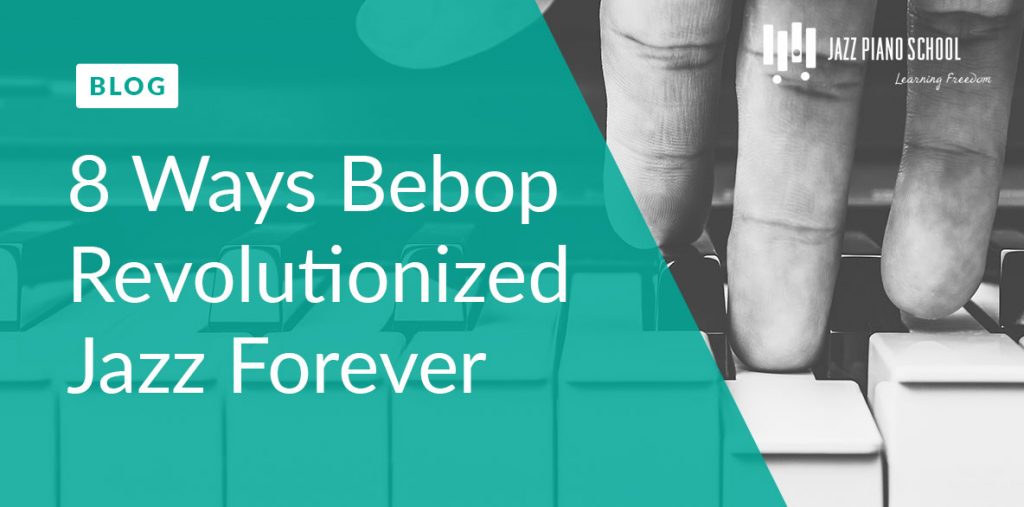

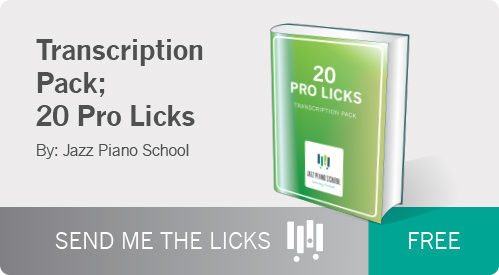
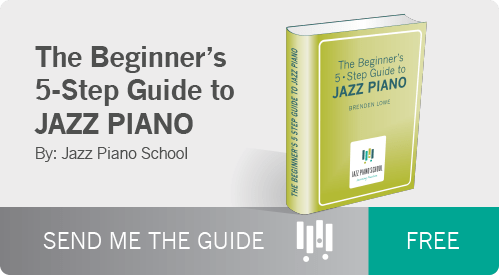
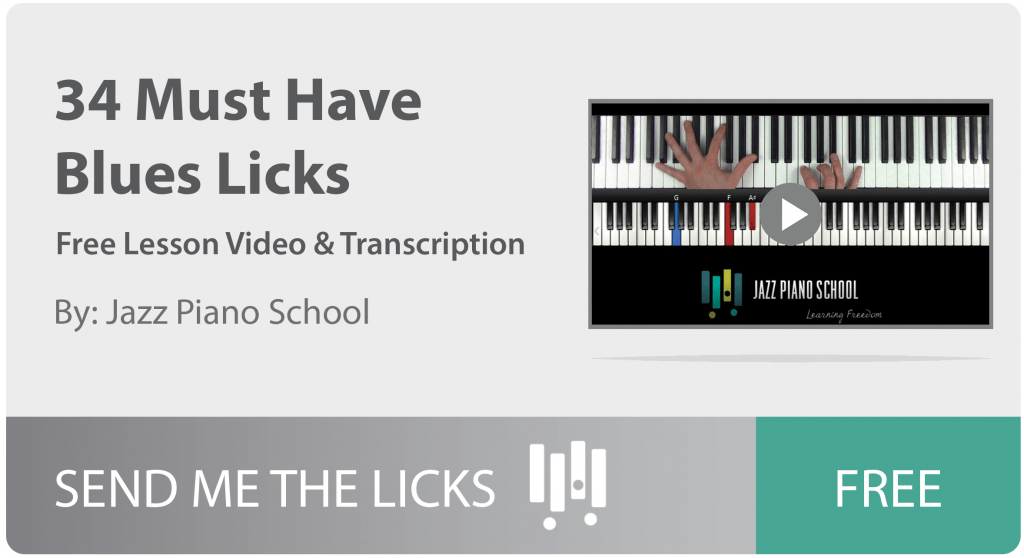
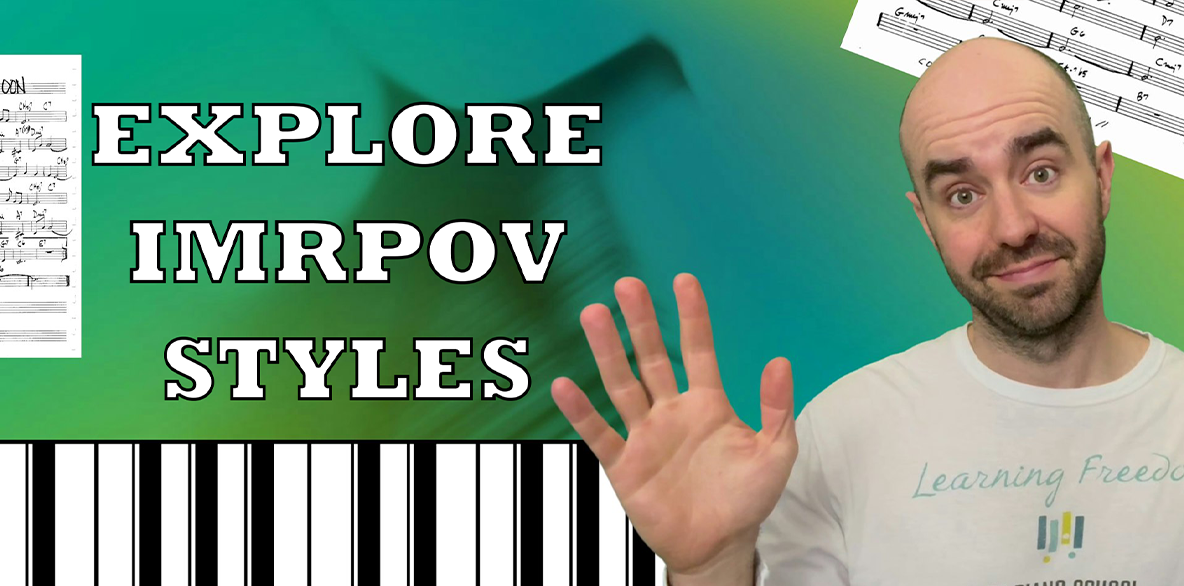

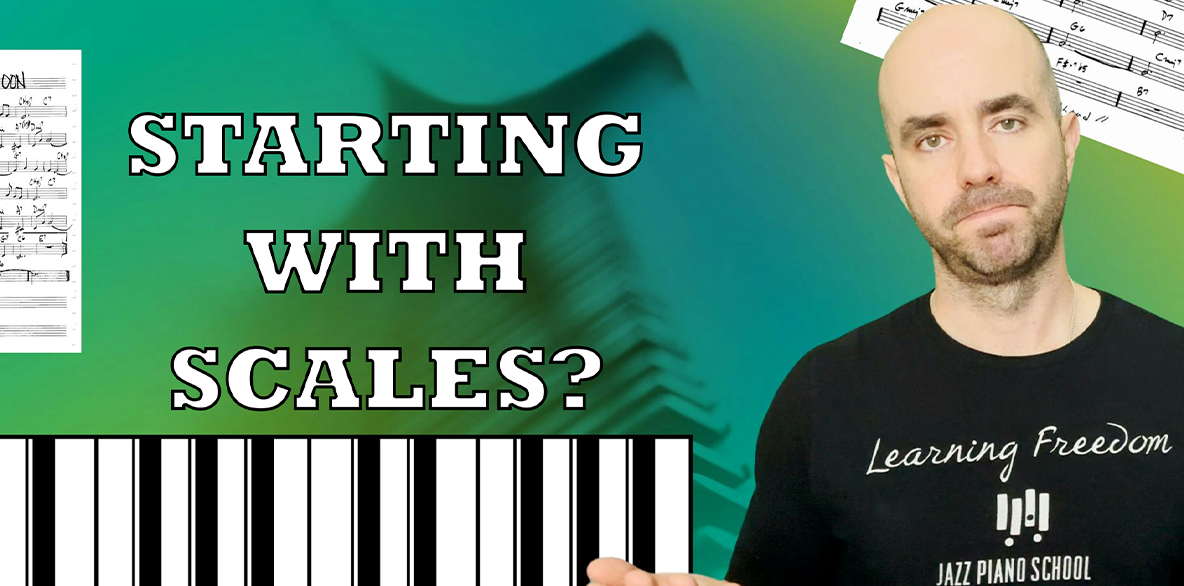
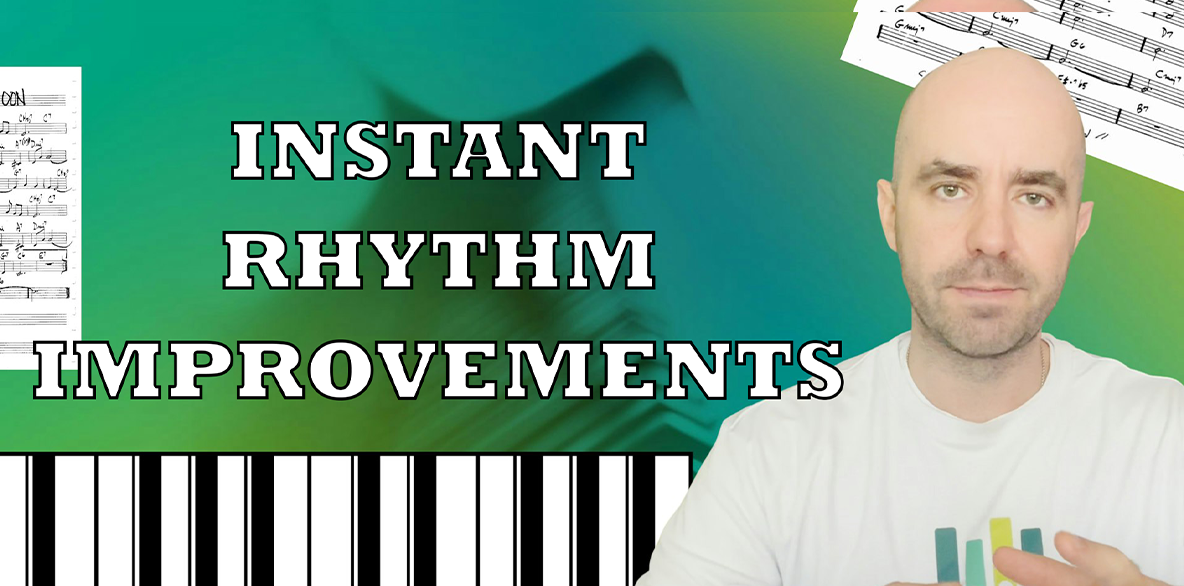
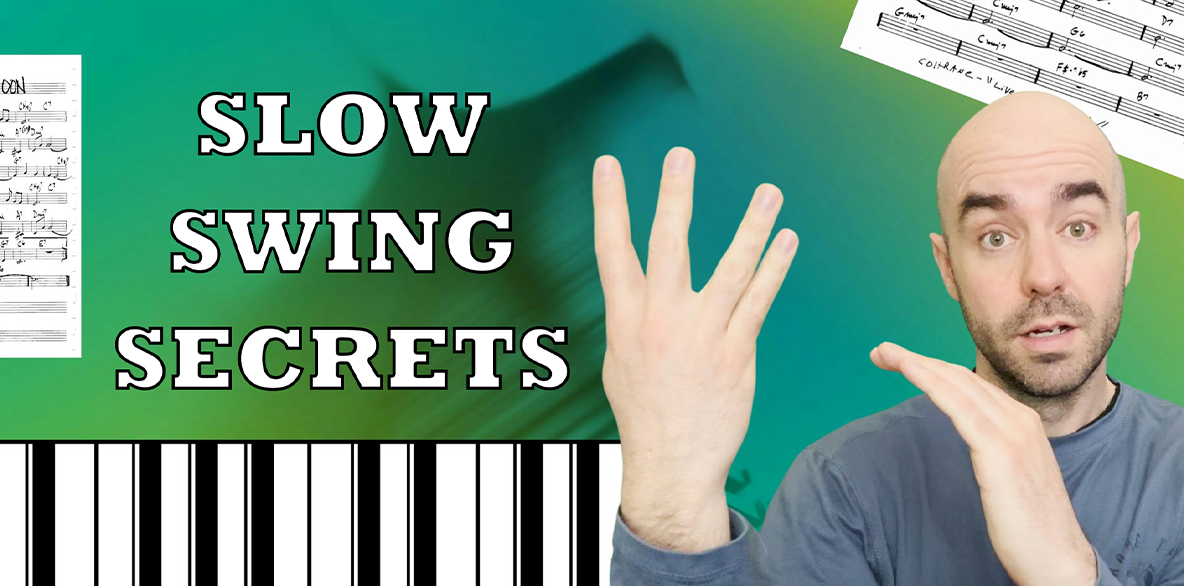

One Response
Jazz doesn’t “belong” to any group.Anyone can play it if they want to put in the time and effort to do so.